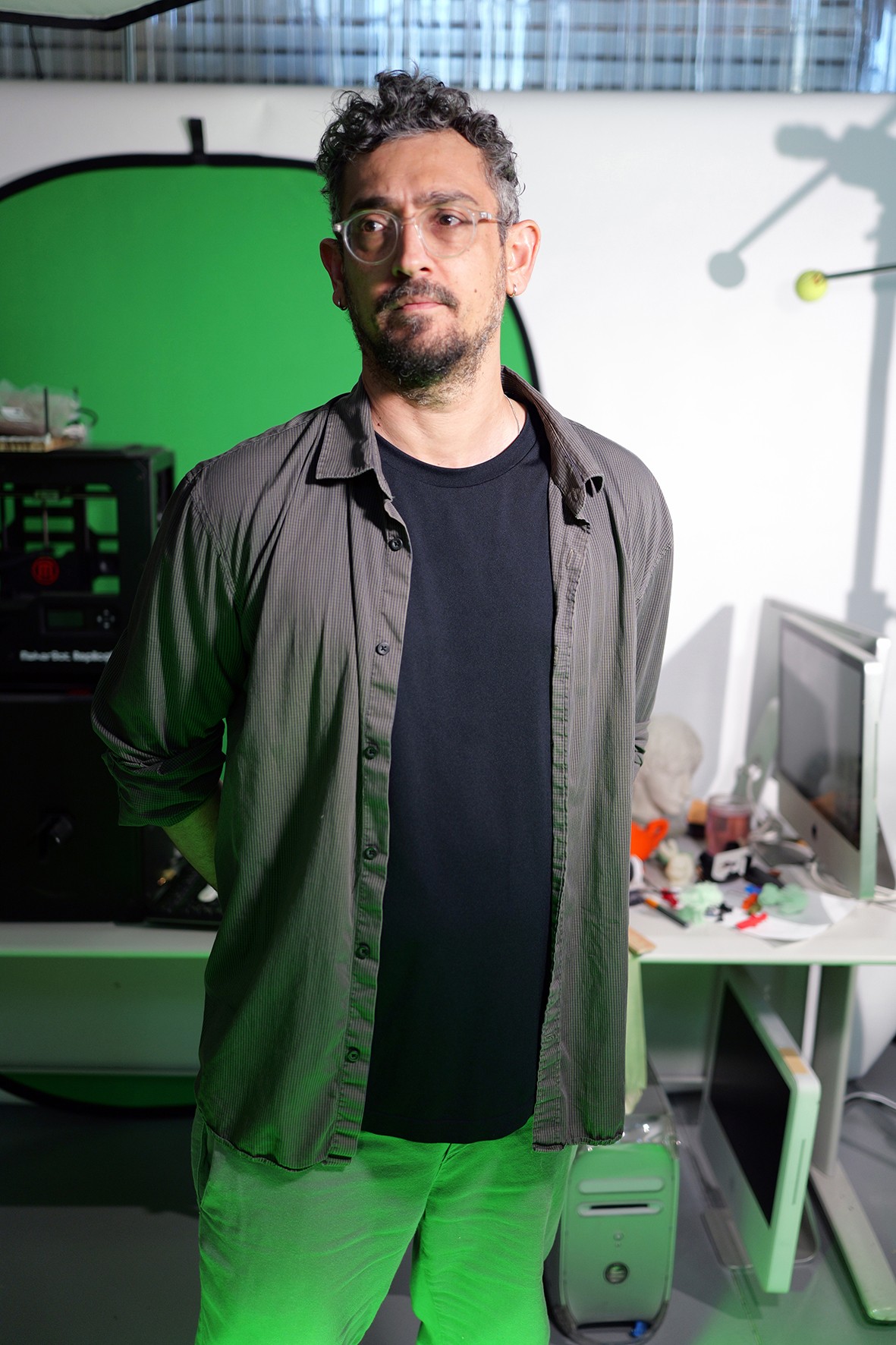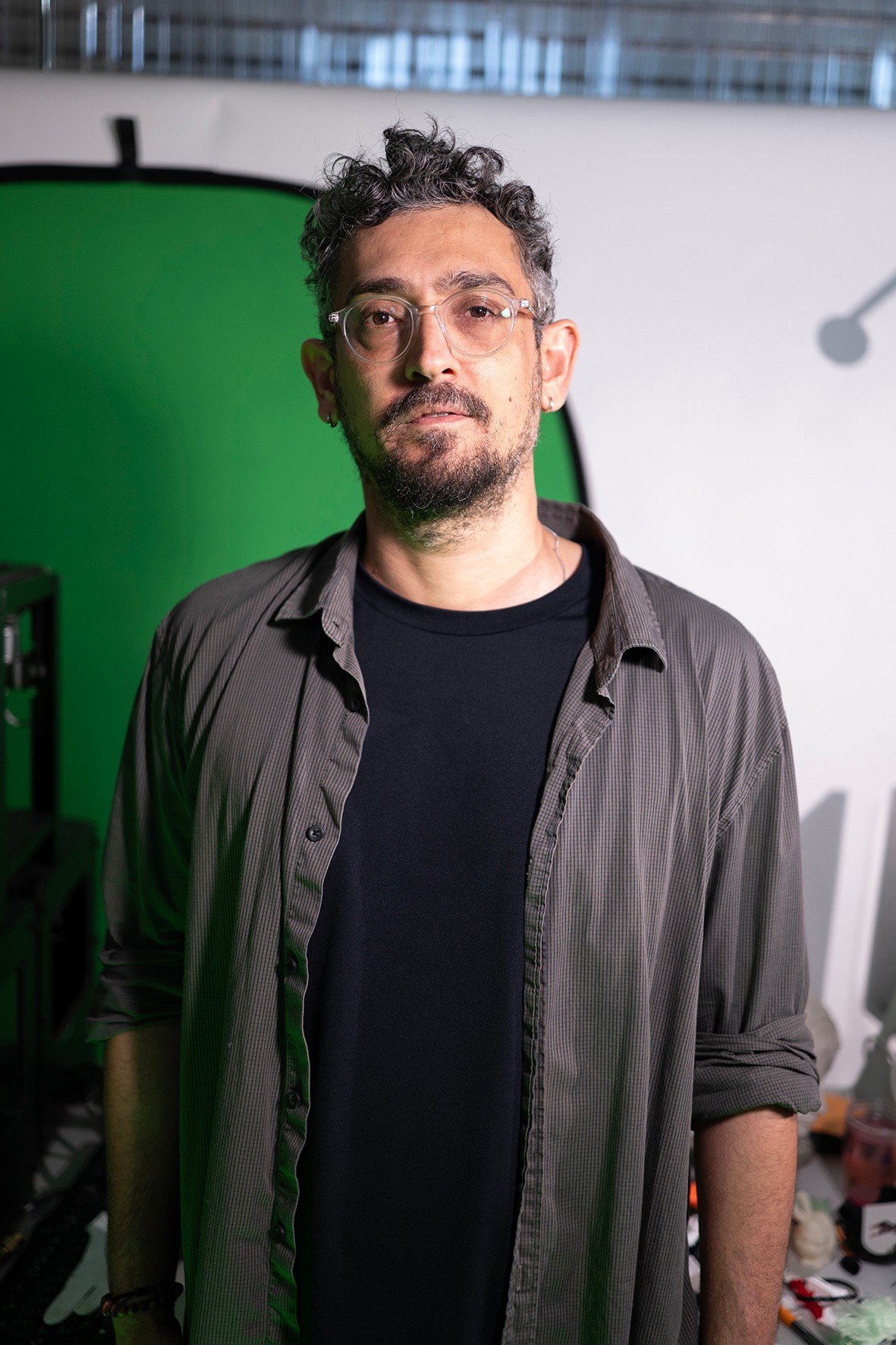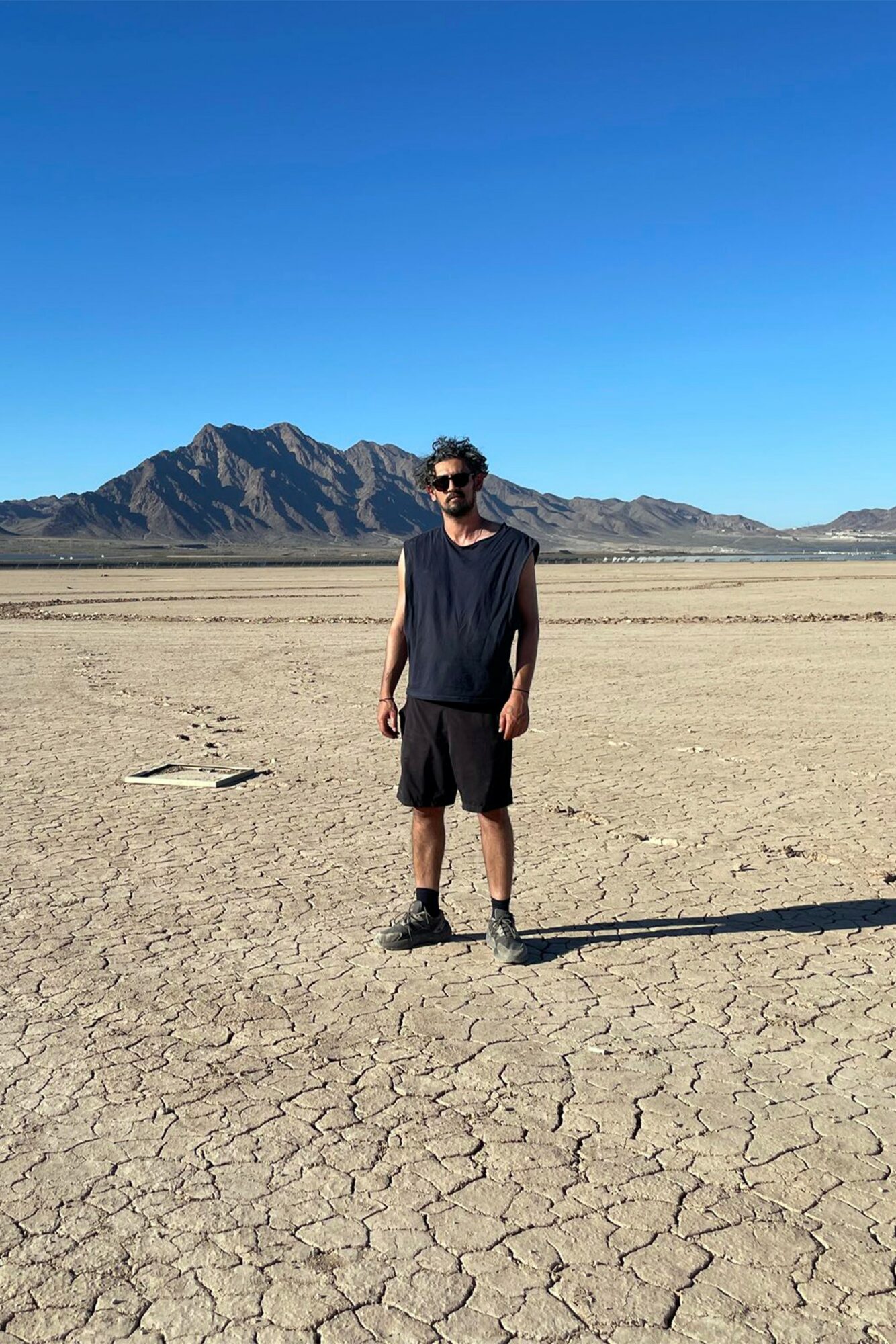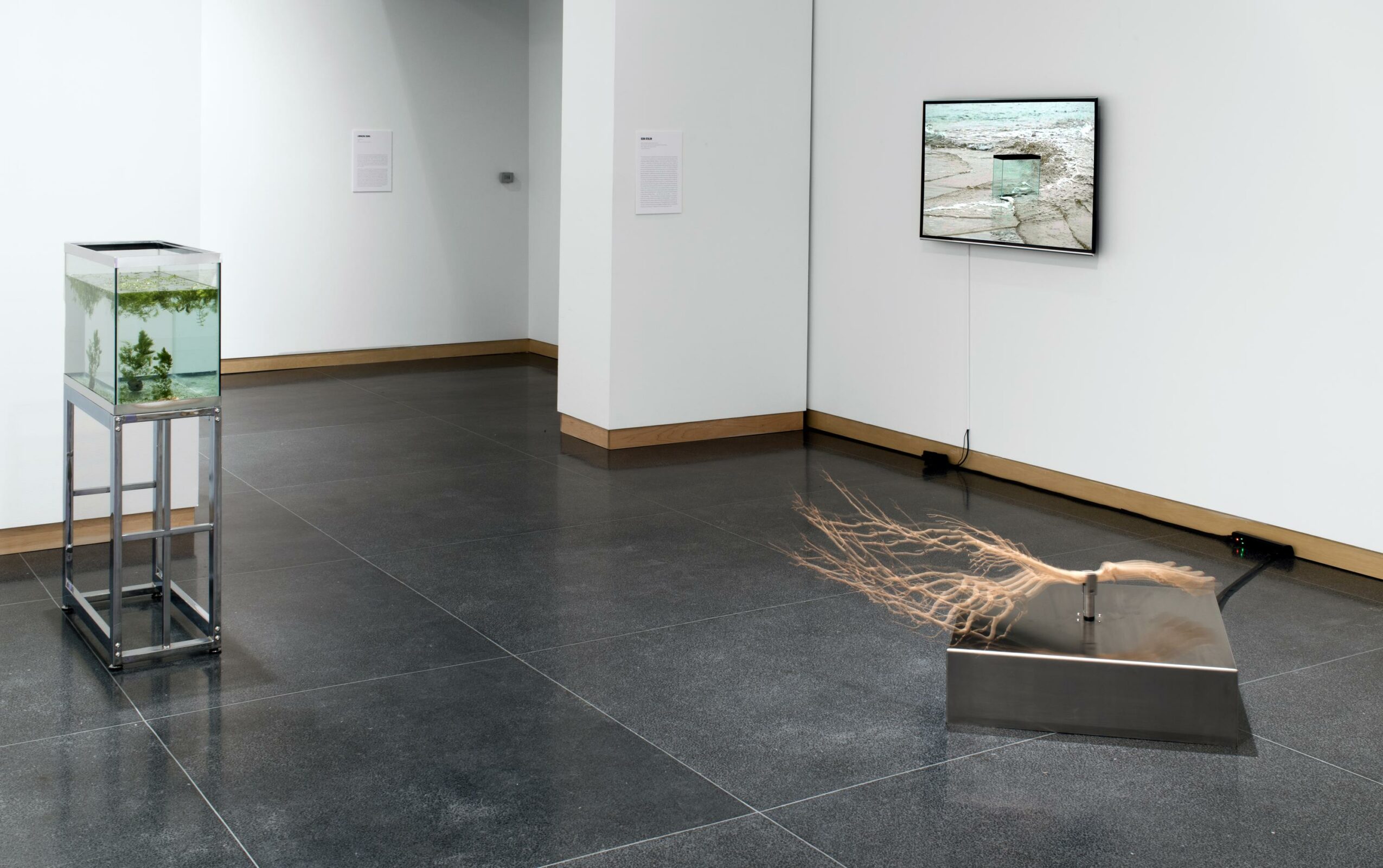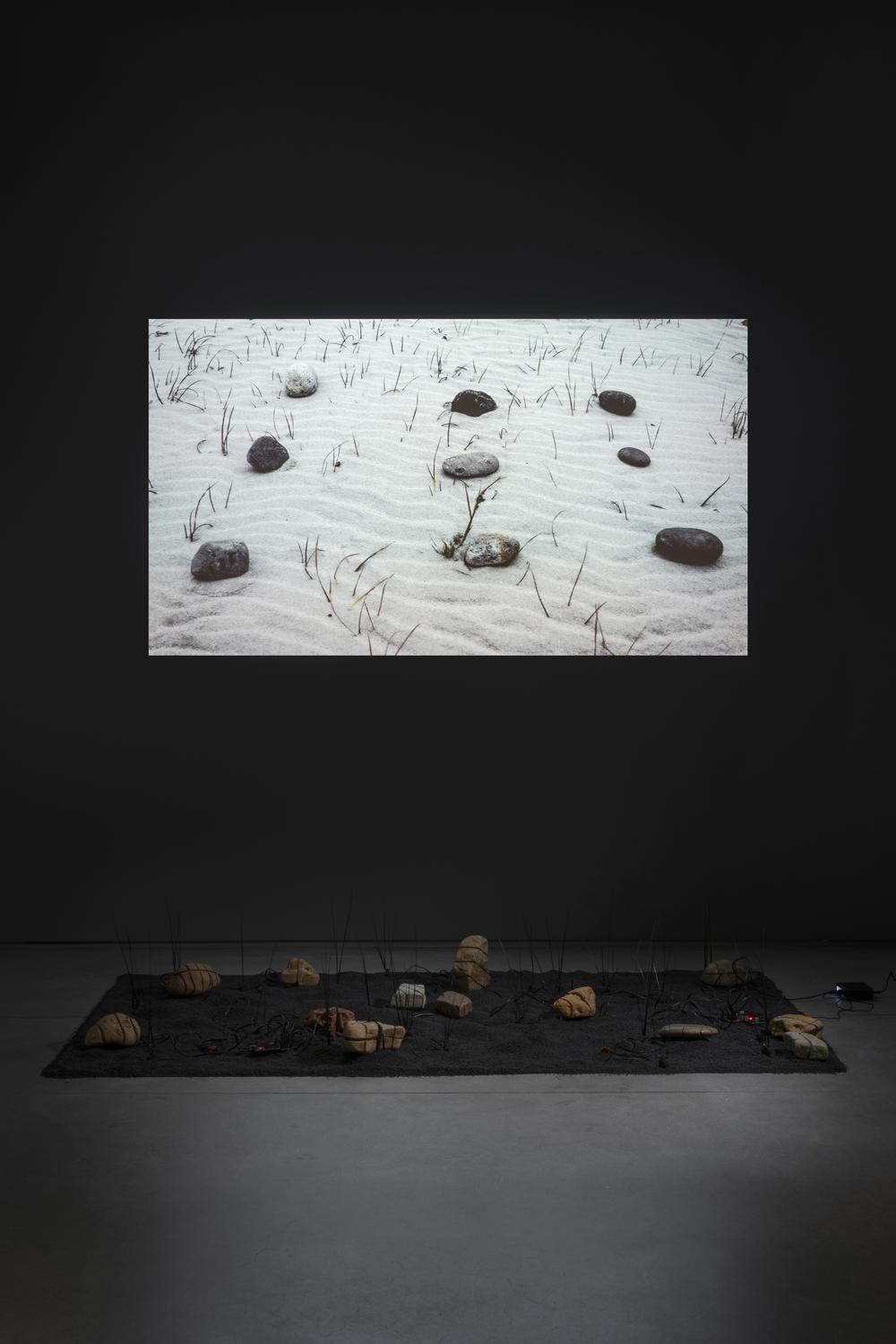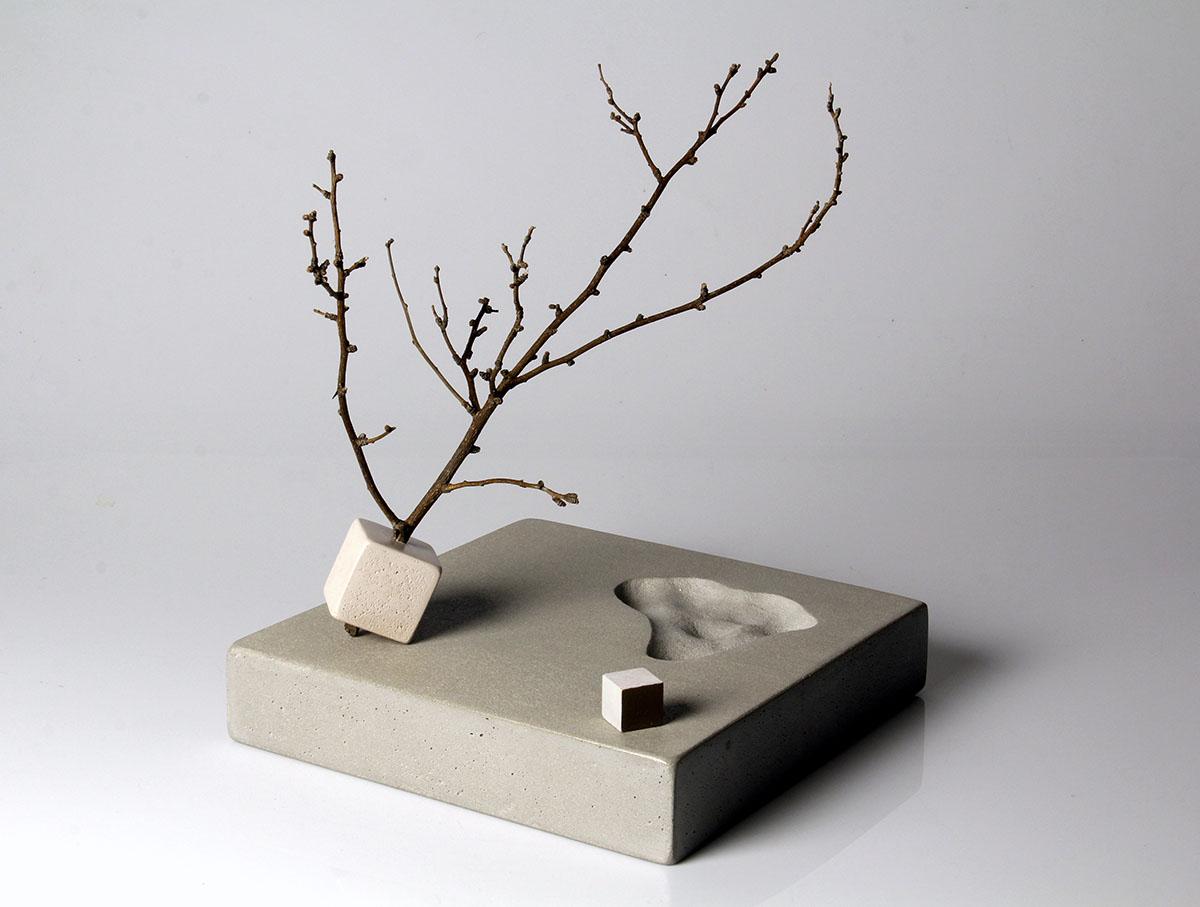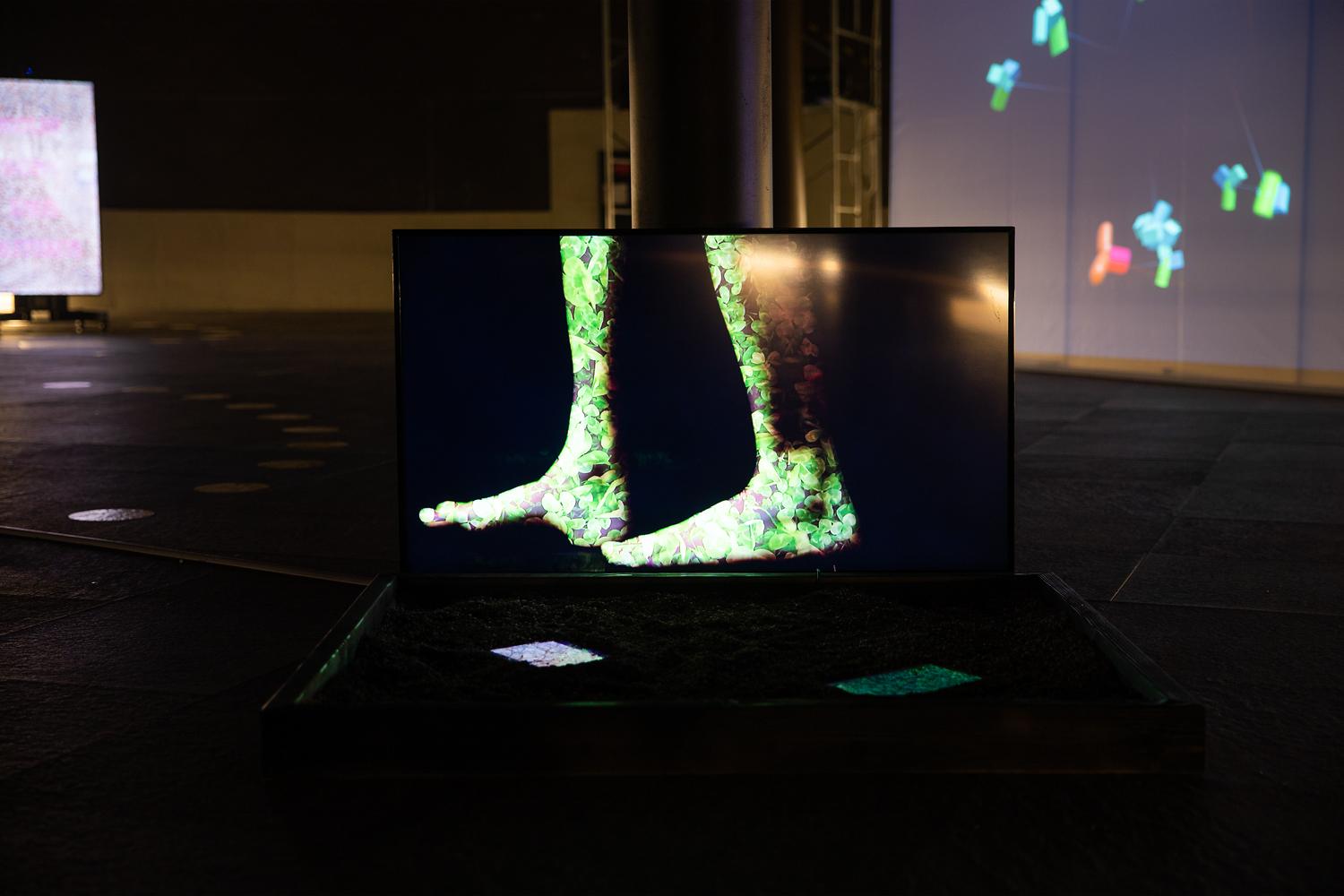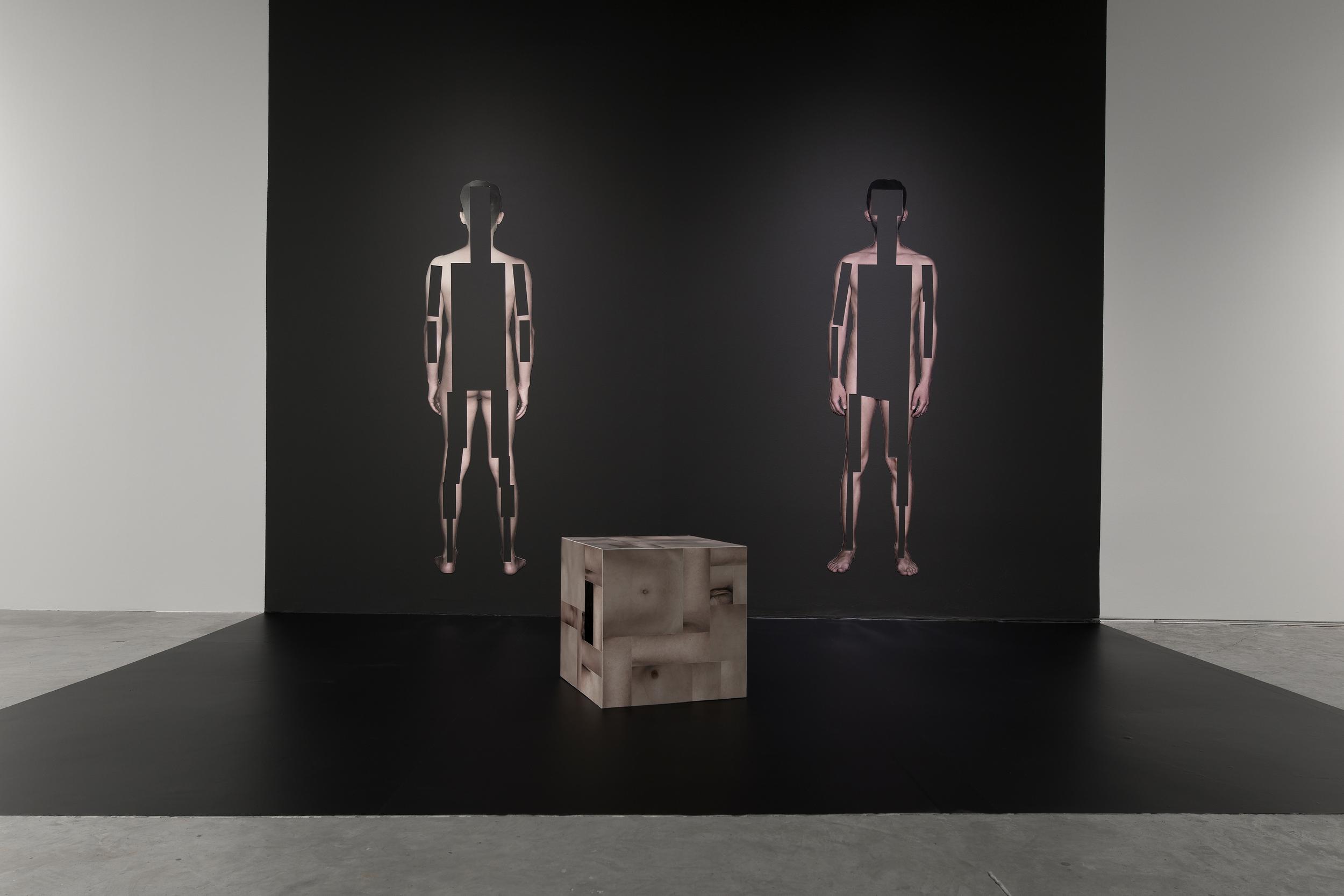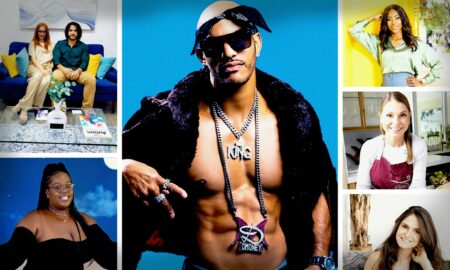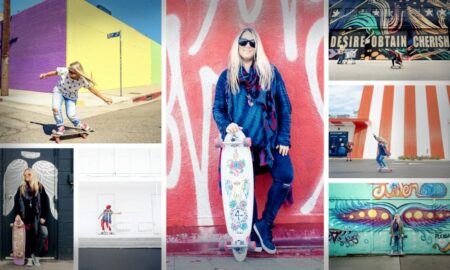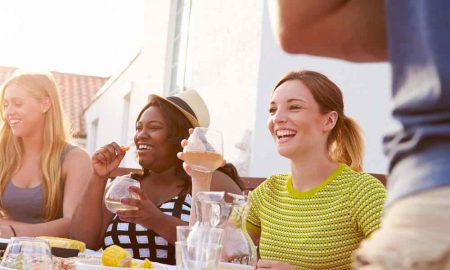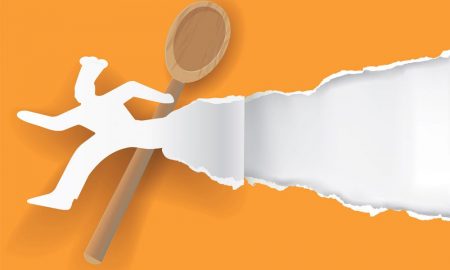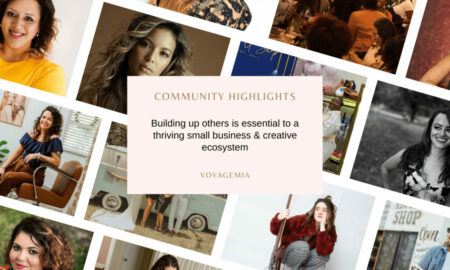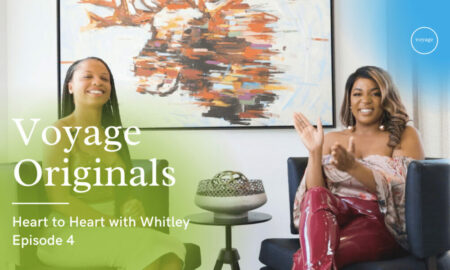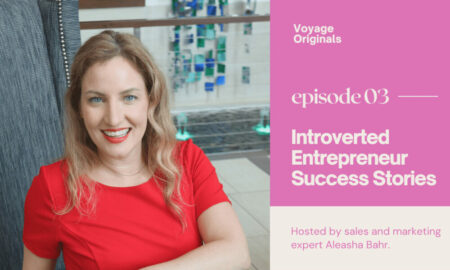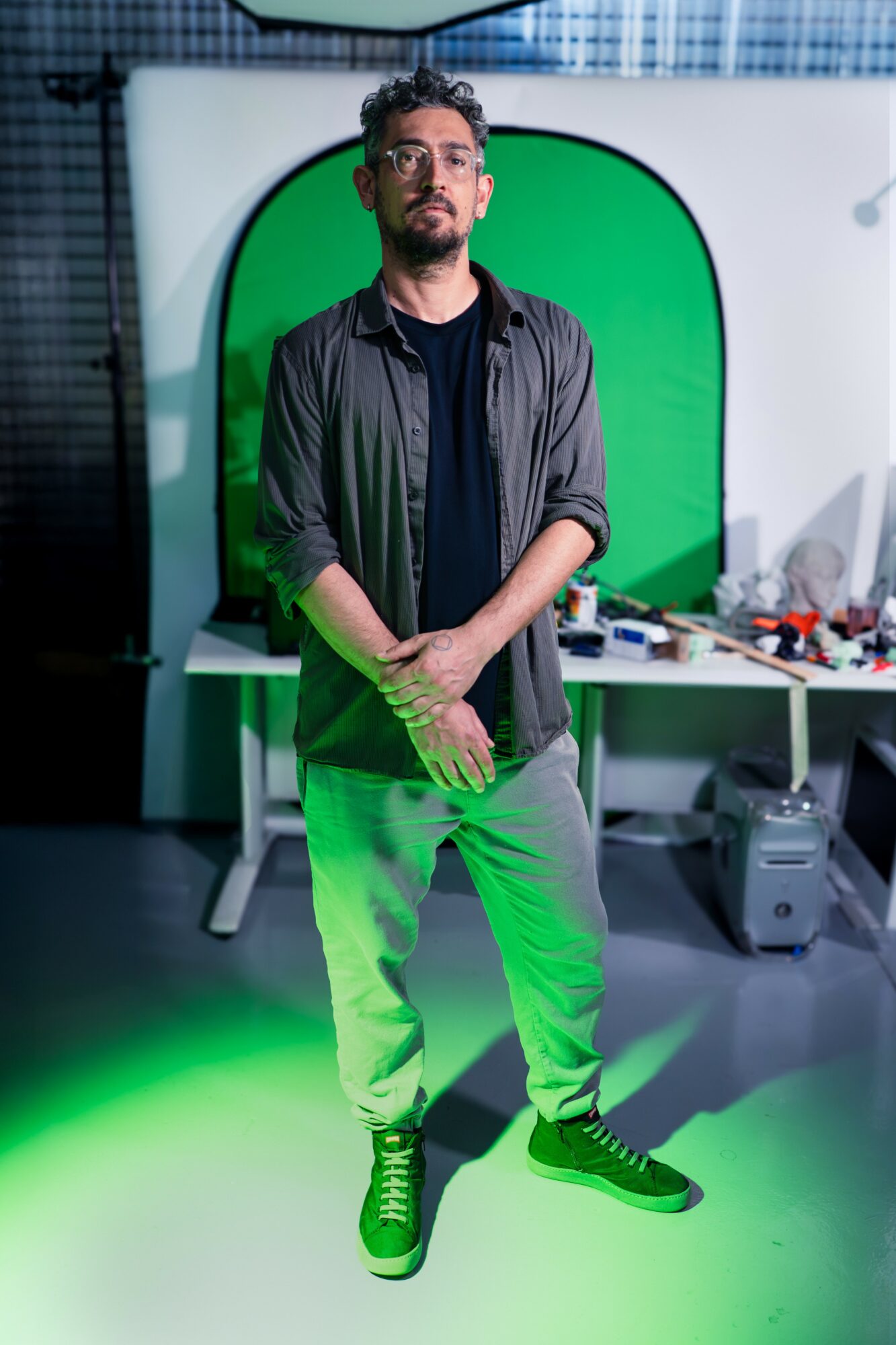

Today we’d like to introduce you to Ozan Atalan.
Hi Ozan, thanks for sharing your story with us. To start, maybe you can tell our readers some of your backstory.
I`m currently a visual artist and professor of digital arts/graphic design at Florida International University. Born and raised on Turkey`s west coast, first I studied law in Eskisehir, a city near capital. Following my internship as a lawyer, I made a sharp turn and began studying fine arts/sculpture in Izmir. Later, the journey led me to Syracuse University, where I completed my MFA in the College of Visual and Performing Arts on a Fulbright scholarship. In 2016, I returned to Turkey and lived there until relocating to Miami in 2024.
During that time, I taught transmedia and visual communication courses at the intersection of art and design, completed a PhD in arts, and I also continued to expand my interdisciplinary art practice in local, national, and international contexts.
When I look back, I realize it was actually a very organic process shifting from law to art and education, and moving between the U.S. and Turkey. All of this gave me a hybrid structure that continues to shape my life, my teaching, and my art practice.
We all face challenges, but looking back would you describe it as a relatively smooth road?
It definitely hasn’t been a smooth road. The struggles were interconnected, and often rooted in how power structures determine the value of good education, free thinking, and competence. Shifting from law to art was a liberating decision, but it also meant stepping into a much less secure path. Like many artists, I’ve faced the challenge of sustaining my practice in an economic system and art market that don’t always value effective conceptual or aesthetic frameworks.
Working as a part-time teaching professor also had its own challenges, especially in balancing the demands of teaching, research, and making art, often under limited stability or financial resources.
But in the end, it’s about learning to embrace both the blessings and the difficulties at the same time.
Thanks for sharing that. So, maybe next you can tell us a bit more about your work?
I see myself as an interdisciplinary artist, scholar, educator, and independent researcher working across different media. I primarily create video installations, but my media vocabulary also includes sculpture, installation, drawing, illustration, video art, and graphic design. What ties it all together is a sensitivity to the intersections of ecology, psychology, and digital culture. My work often explores the modes of co-evolution between human and nonhuman forms, approached from a posthumanist perspective.
To further my artistic research, I pursued a PhD titled Coevolutionary Aesthetics of Human and Nonhuman Beings from a Nonhuman-Centered Perspective. What I was looking at was how we can create artistic experiences that don’t just privilege the human point of view or certain dominant perspectives, but instead invite us to see the entangled realities of animals, plants, materials, and technologies.
In my teaching, I try to bring the same research-driven and interdisciplinary approach into the classroom, connecting art, design, and visual culture with critical theory and experimental practices. I also draw from speculative design methods to encourage my students to expand their creative boundaries.
I’m probably best known for my video installations that question anthropocentric narratives and open up space for alternative perceptions of existing realities, often from a socially-critical standpoint. I’ve had the opportunity to show my work at places like the 16th Istanbul Biennial, Istanbul Modern Museum of Art, Montpellier Contemporain, and the Migros Museum in Zurich. Each of these experiences gave me the opportunity to place my practice in dialogue with national and international audiences and contexts.
If I had to choose something to be proud of in my work, it would be my self-discipline and the authentic connection I maintain with what I do. This connection brings together empathy, honesty, and deeper dialogue. I’m also proud of constantly being in motion and in search; my work is always evolving.
At its core, as a strength, my practice connects semiotics, technology, and material experimentation in ways that are both conceptual and hands-on, in my teaching as well as in my art.
What were you like growing up?
I was a kind of silent rebel. As a Turkish kid in the 90s, I grew up playing soccer and street games, life was simple in a small coastal town. But I was also doing curious things like staging lab experiments on already dead butterflies, flowers, and plants, or making sculptures with rocks and mud in our garden. I spent plenty of time with computer games too, and I remember some days just sitting and counting the foreign ships passing through the Dardanelles. I was very observant, and definitely more introverted than extroverted.
Contact Info:
- Website: https://ozanatalan.cargo.site
- Instagram: https://www.instagram.com/ozan.tln
- LinkedIn: https://www.linkedin.com/in/ozan-atalan-ba2a2364
- Other: https://vimeo.com/ozanatalan
